#ashes and diamonds
Photo
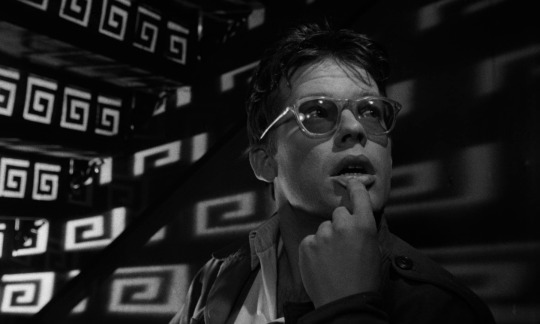


Ashes and Diamonds (1958)
66 notes
·
View notes
Photo

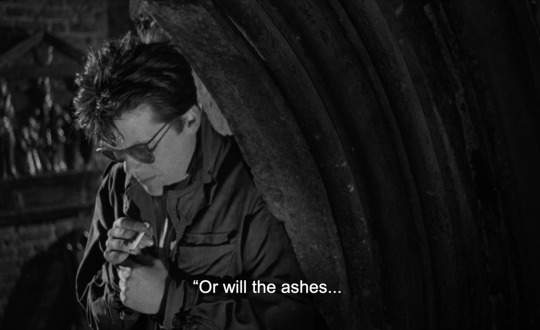

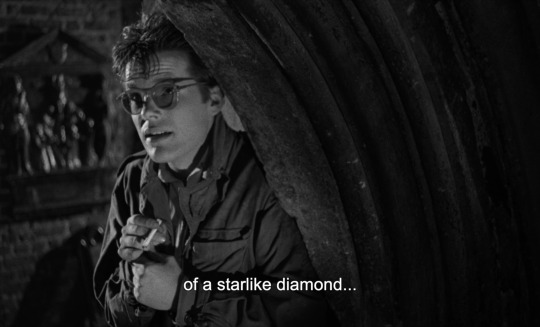
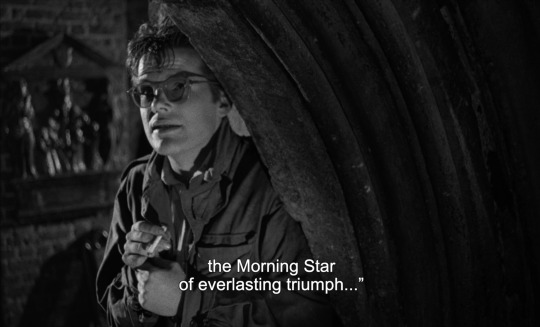
Andrzej Wajda “Ashes and Diamonds” (Popiół i diament) Poland, 1958.
83 notes
·
View notes
Photo


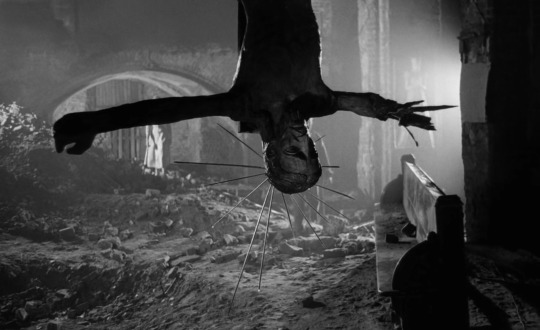



Ashes and Diamonds, 1958
Andrzej Wajda
So often are you as a blazing torch with flames of burning hemp falling about you flaming, you know not if the flames bring freedom or death, consuming all that you most cherish. Will only ashes remain, and chaos whirling into the void. Or will the ashes hold the glory of a starlike diamond, the Morning Star of everlasting triumph?
#ashes and diamonds#andrzej wajda#cinematography#polish cinema#movie quotes#storytelling#zbigniew cybulski
21 notes
·
View notes
Text
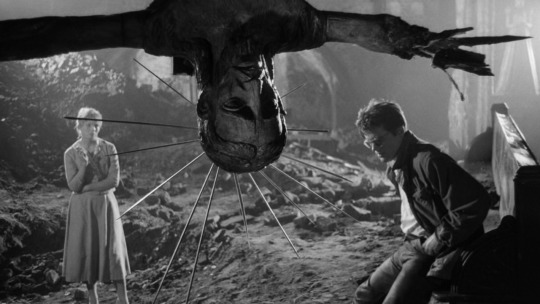
just watched andrzej wajda’s ashes & diamonds (1958) for the first time so i need to curl up in a ball and process some things
#ashes and diamonds#polish cinema#tcm#turner classic movies#andrzej wajda#zbigniew cybulski#ewa krzyżewska#1950s films#wwii movies#polish school of film#surrealism
16 notes
·
View notes
Text

#daniel ash#bauhaus#love and rockets#tones on tail#poptone#1980's#ashes and diamonds#tradgoth#gothgoth#goth
49 notes
·
View notes
Text
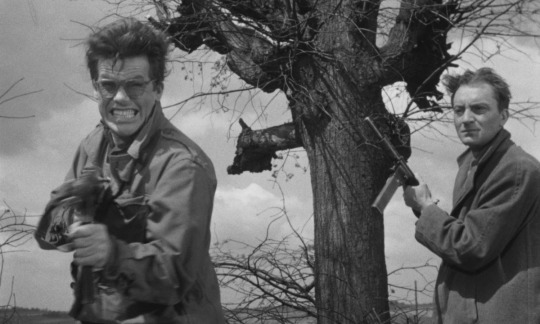
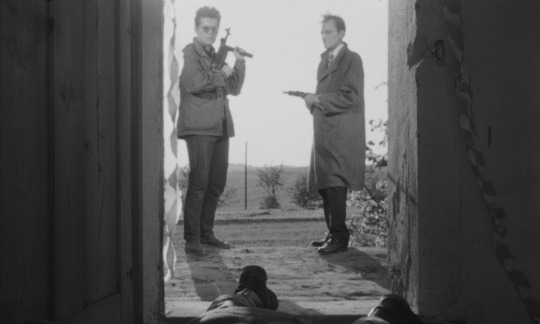


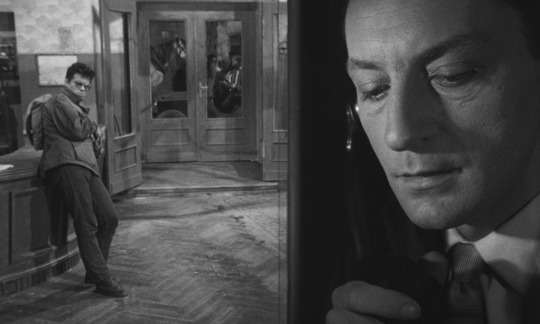





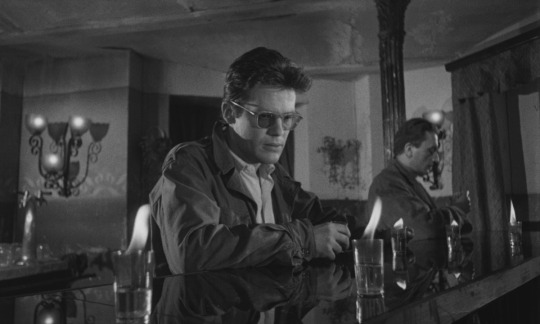
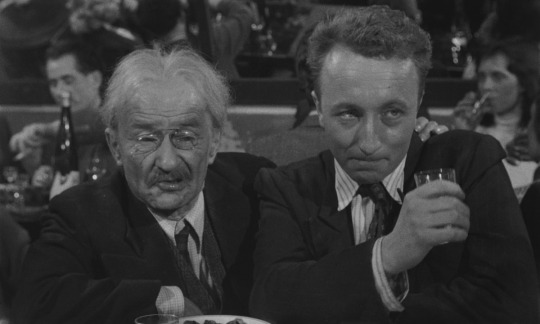
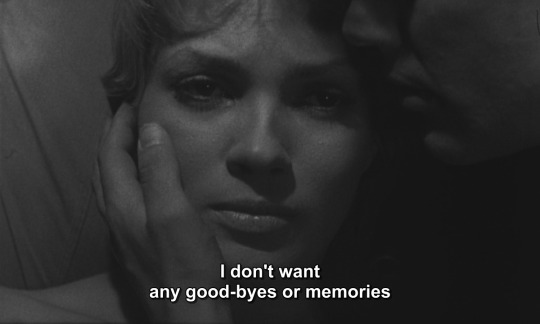



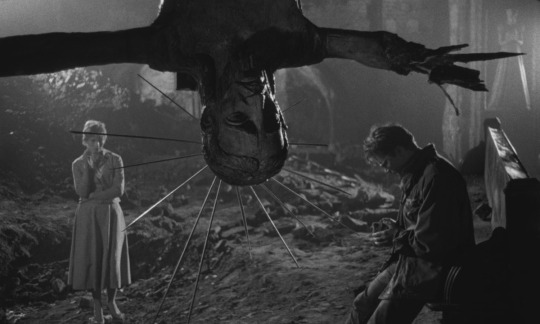



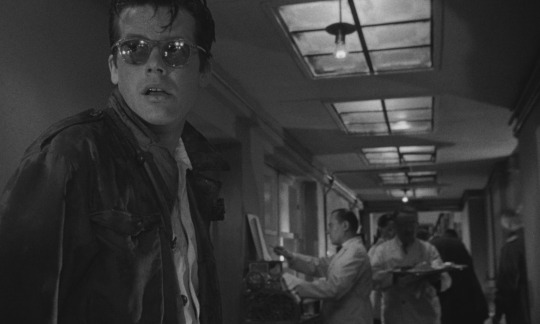
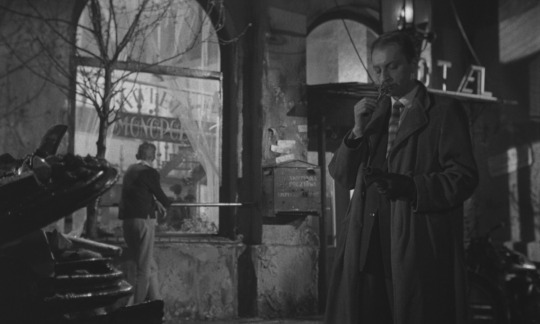

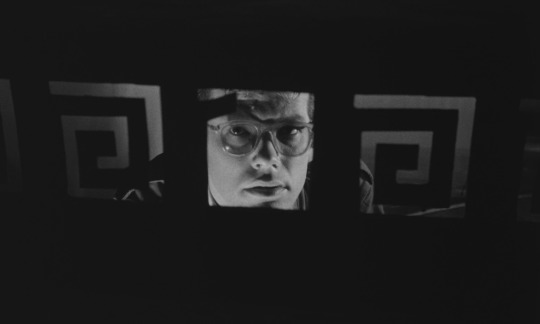


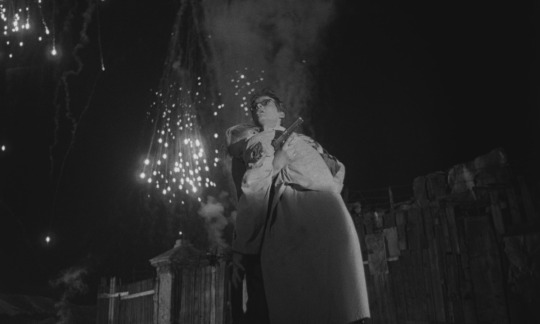
Ashes and Diamonds (1958) directed by Andrzej Wajda
2 notes
·
View notes
Photo

Ewa Krzyzewska and Zbigniew Cybulski in Ashes and Diamonds (Andrzej Wajda, 1958)
Cast: Zbigniew Cybulski, Ewa Krzyzewska, Waclaw Zaztrzezynski, Adam Pawlikowski, Bogumil Kobiela, Jan Ciecierski. Screenplay: Jerzy Andrzejewski, Andrzej Wajda, based on a novel by Jerzy Andrzejewski. Cinematography: Jerzy Wójcik. Production design: Roman Mann. Film editing: Halina Nawrocka. Music: Filip Nowak.
The plot of Ashes and Diamonds is simple: A group of men carry out an ambush on a road in the countryside only to discover that their intended target was not among the men they killed. So they return to town to plot another way of assassinating the man. The youngest, most volatile member of the group discovers that the man has taken the room next door in the hotel, but while waiting for his opportunity, his flirtation with a pretty young woman turns serious -- they begin to fall in love. Still, renouncing that chance at happiness, he follows through with his mission: He kills the man, but before he can make his escape from the town he is gunned down. It could have been -- probably has been -- the plot of a Western, a gangster film, a spy thriller, or a war movie. But because it's a film made in Poland during the Cold War, and the story it tells is set on the very day in 1945 when the Germans surrendered, it's an intensely political film, not just in what's on the screen but also in what went on while it was being made and released. I mention this because while I want to think about movies in purely aesthetic terms -- i.e., assessing the quality of acting, writing, direction, camerawork, etc. -- it's almost impossible to approach a film like Ashes and Diamonds without taking so-called "external" factors like politics and history into consideration. If you try to watch it without knowing anything about the political situation in Poland in 1945, with the Germans retreating, the Soviets advancing, you'll miss half of the motivation of the characters and most of the intensity of the conflict. And if you disregard the fact that Poland in 1958 was a communist country, you can't understand why the plot to kill a communist leader was such a touchy subject for Andrzej Wajda to handle in a film -- and why the way he handled it was so audacious. It's a film that asks you to do your homework. On as pure an aesthetic level as I can get in thinking about the film, it's visually fascinating, with some splendid deep-focus cinematography by Jerzy Wójcik that pays homage to Gregg Toland's work on Citizen Kane (Orson Welles, 1941). Wajda was quite open about the influence of Welles on his filmmaking -- like Welles, Wajda wanted sets to have ceilings -- but he also expressed a love of American gangster movies and film noir, citing Scarface (Howard Hawks, 1932) and The Asphalt Jungle (John Huston, 1950) among his inspirations for Ashes and Diamonds. The American influence is probably most felt by viewers today in the performance of Zbigniew Cybulski in the role of Maciek, the young assassin. It's a showy, jittery, almost over-the-top performance that validates Cybulski's reputation as "the Polish James Dean." Wajda initially resisted casting Cybulski, wanting a more traditional actor for the role, but once Jerzy Andrzejewski, his co-screenwriter and author of the novel on which the film was based, persuaded him to hire Cybulski, Wajda realized that the handsome young star would attract the younger audience the film not only needed to succeed, but also to educate this audience about their country's past. He even gave in to Cybulski's demand that he be allowed to supply his own wardrobe -- not at all the kind of clothes that a young Polish partisan would have worn in 1945 -- including his signature sunglasses. (A line was inserted to explain that Maciek wore them because he had damaged his eyesight by spending too much time in the sewers of Warsaw during the uprising of 1944.) But Wajda added some idiosyncratic touches of his own to the film, including the bullets setting fire to the jacket of one of the unintended victims of the ambush, and some ventures into symbolism like the upside-down crucifix that looms over Maciek and Krystyna (Ewa Krzyzewska) when they visit a ruined church and the white horse that wanders the streets of the town near the film's end. Maciek is shot in a field where white sheets are drying on clotheslines, and when he clutches one of the sheets to himself, his blood shows through -- even though the film is in black and white, this is a reminder that the colors of the Polish flag, like the one the hotel keeper takes out to wave at the film's end, are white and red. Wajda also delighted in the ambiguity of Maciek's death scene, one of Cybulski's most extravagant moments, which takes place on a garbage heap. For the communist censors, he observed, this could be interpreted as the fate of rebels against their rule, while young would-be rebels could see it as the state treating them as garbage.
6 notes
·
View notes
Photo
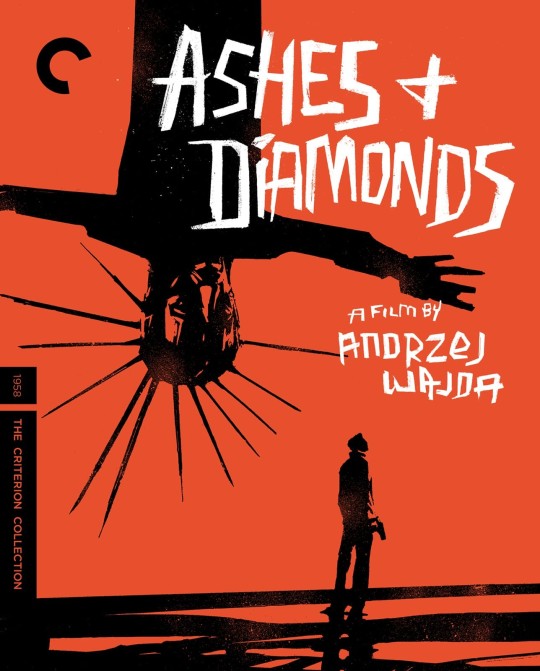
#ashes and diamonds#andrej wajda#movie poste#polan#polish cinema#polish film#movie posters#zbigniew cybulski#movies#poster
6 notes
·
View notes
Photo
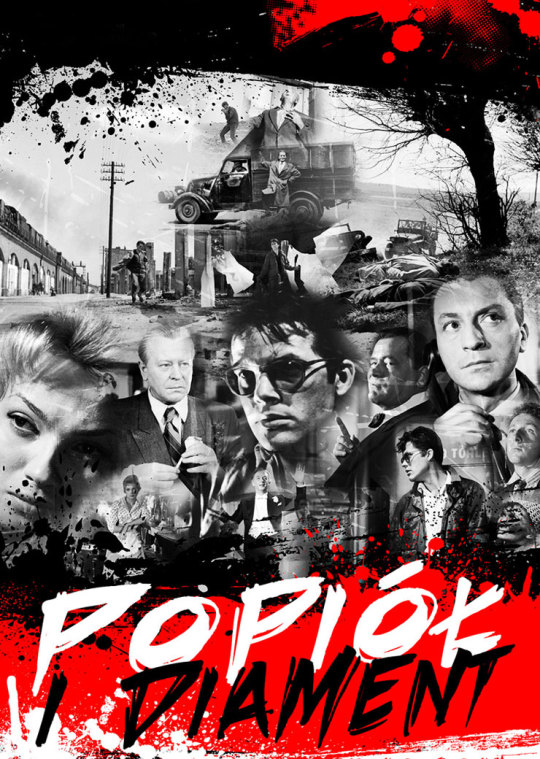
Andrzej Wajda’s “Popiół i diament” (Ashes and Diamonds) October 3, 1958.
#Andrzej Wajda#Popiół i diament#Ashes and Diamonds#1958#Fifties#Foreign#🇵🇱#Drama#Romantic Drama#World War II#WWII#4/5
3 notes
·
View notes
Text

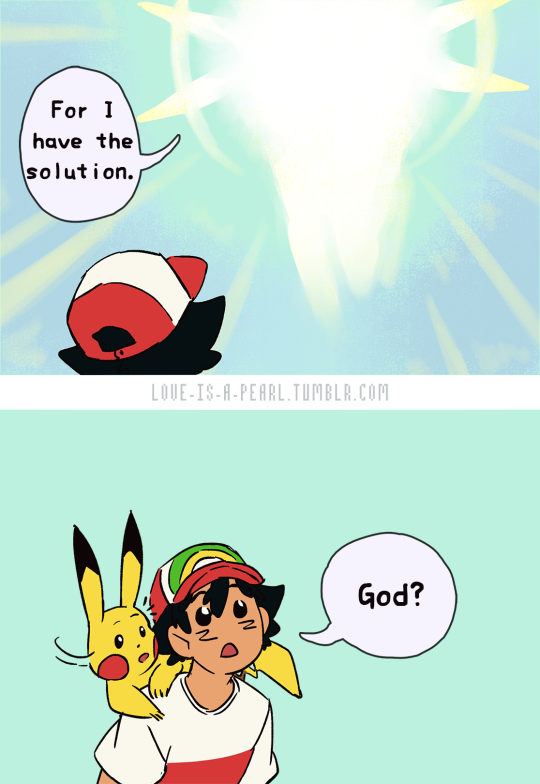
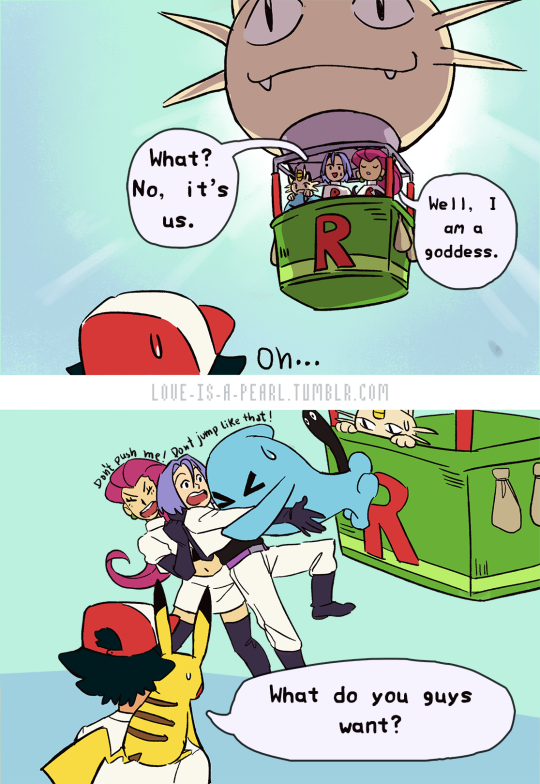
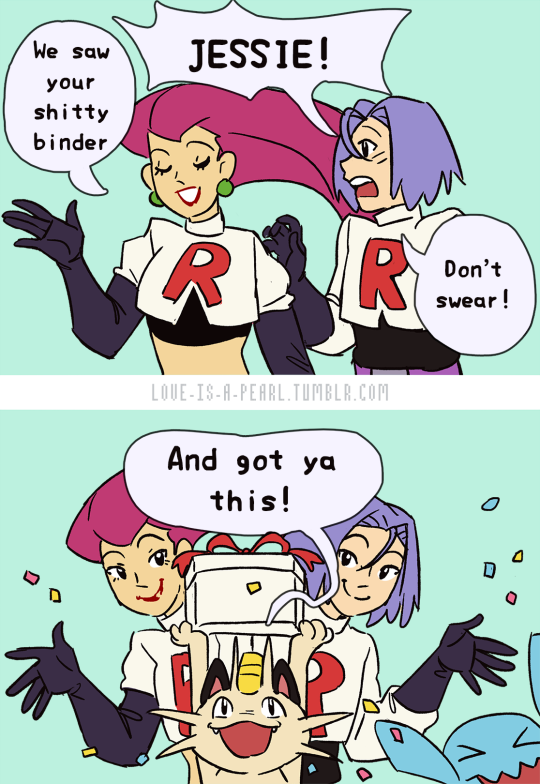
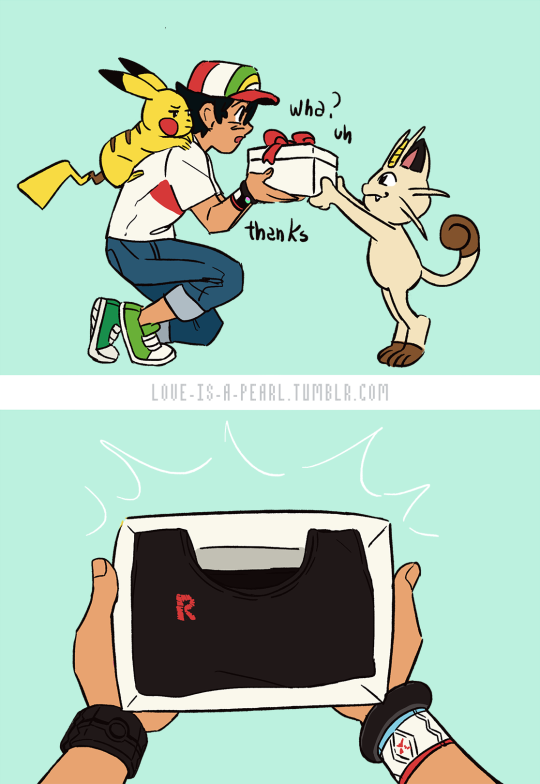



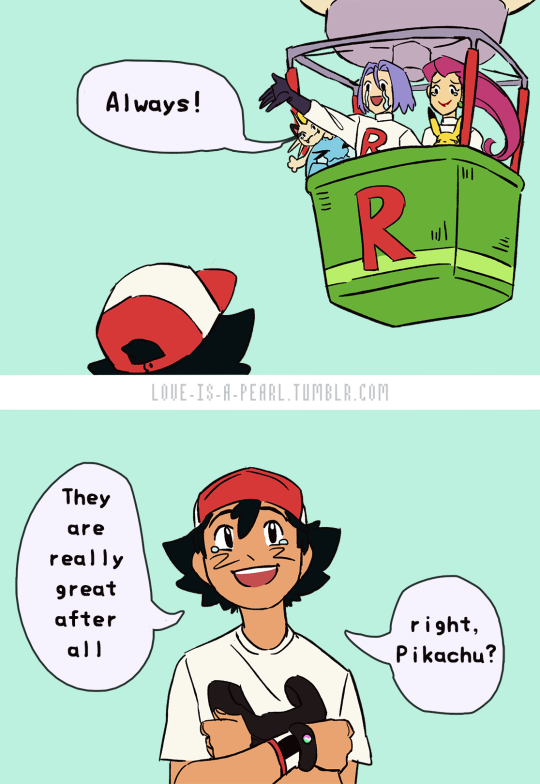


13K notes
·
View notes
Text
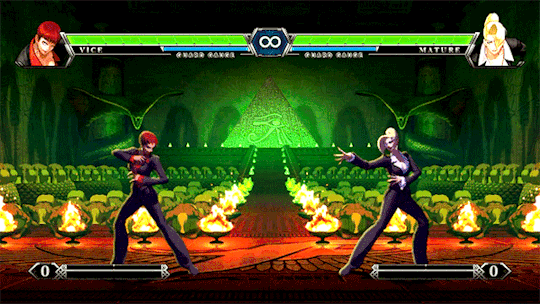




The women of King of Fighters XIII + Ash Crimson
#King of Fighters#The King of Fighters#kofedit#KOF XIII#KOF#Vice and Mature#Mature and Vice#Vice KOF#Mature KOF#Elisabeth Blanctorche#Leona Heidern#Athena Asamiya#Kula Diamond#Mai Shiranui#Yuri Sakazaki#King#KIng KOF#Ash Crimson#Fatal Fury#Art of Fighting#gaming#gamingedit#gamingladies#lgbt#lgbtedit
1K notes
·
View notes
Text
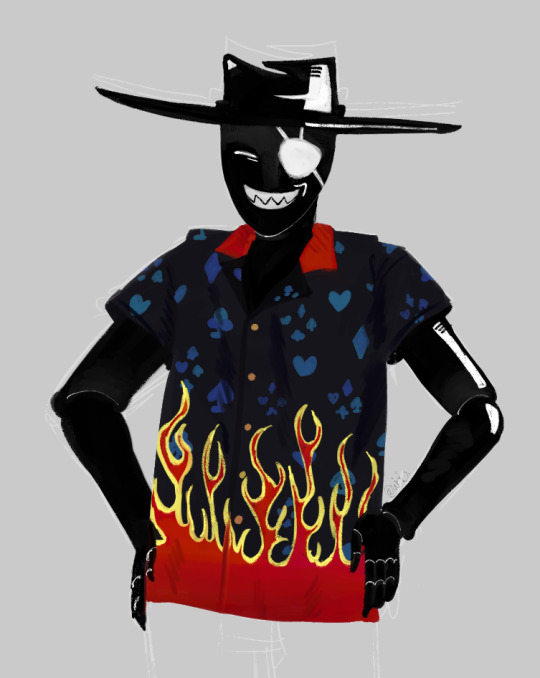

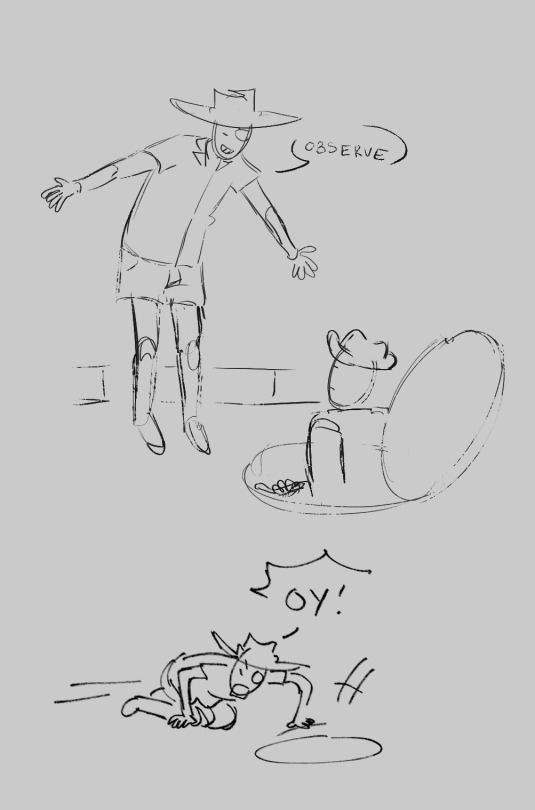
i cant remember who and i lost the post but i saw someone say slick would wear this and...yea, yea he would
#homestuck#spades slick#diamonds droog#briefly#the midnight crew#diamonds doesn't let him in until he burns the shirt and scatters the ashes
265 notes
·
View notes
Photo
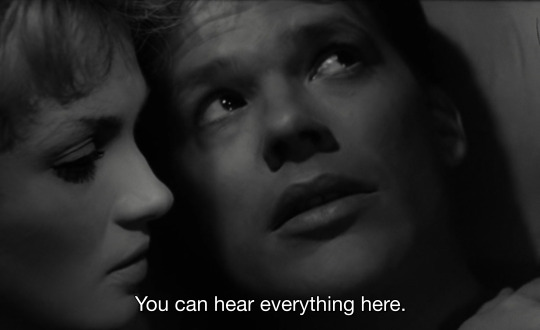

Ashes and Diamonds, 1958
12 notes
·
View notes
Text

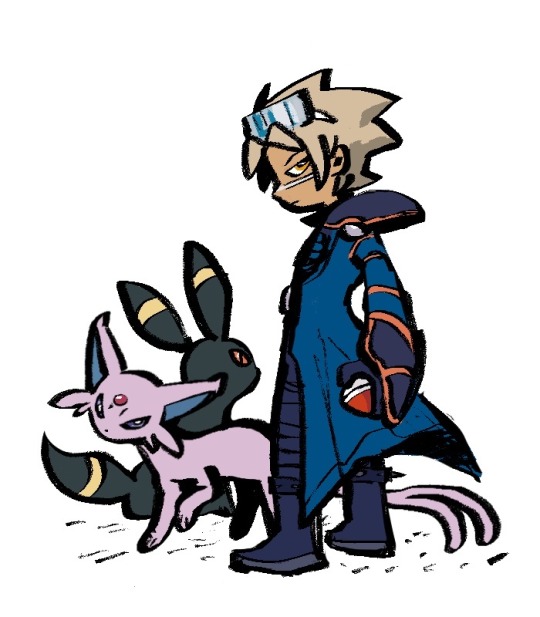




Oodles and oodles of Pokemon
#thefantastician#my art#pokemon#game freak#Nintendo#cynthia#ash#may#marshtomp#pokemon xd#GameCube#diamond#pearl#platinum#dawn#psyduck#shiny#pokemon colosseum#umbreon#espeon#team galactic#shadow lugia#anipoke#pokemon ruby and sapphire#brilliant diamond#shining pearl#gameboy advance#nintendo ds
2K notes
·
View notes
Text
Weekly recap is here, my dumplings.
BEST MOVIES I WATCHED: Ashes & Diamonds (1958), Goncharov (1973), The Menu (2022), Orlando (1992), and Warning: Do Not Play (2019)
BEST TV OF THE WEEK: By far the season finale of Interview with the Vampire
CURRENTLY READING: Project Hail Mary by Andy Weir and The Only Good Indians by Stephen Graham Jones
FINISHED READING: House of Hollow by Krystal Sutherland and The Return by Rachel Harrison
LISTENING TO ON REPEAT: Add it Up by Violent Femmes
#weekly check in#weekly reading#weekly watch#movies#ashes and diamonds#andrzej wajda#goncharov#martin scorsese#the menu#mark mylod#orlando#sally potter#warning do not play#kim jin won#war movies#mafia movies#period piece#horror movies#interview with the vampire#project hail mary#andy weir#the only good indians#stephen graham jones#house of hollow#krystal sutherland#the return#rachel harrison#booklr#bookworm#violent femmes
5 notes
·
View notes
Text

clubsdroog is so funny to me. theyre so real
#homestuck intermission#ddcd#clubs deuce#diamonds droog#shippy stuff#theyre palered#and sooo cute to me.#his horrorterror patrons about fire its fine he can eat some ashes#managed to draw this last night. i am not able to draw as much as or easily as i want but its SOMETHING
565 notes
·
View notes